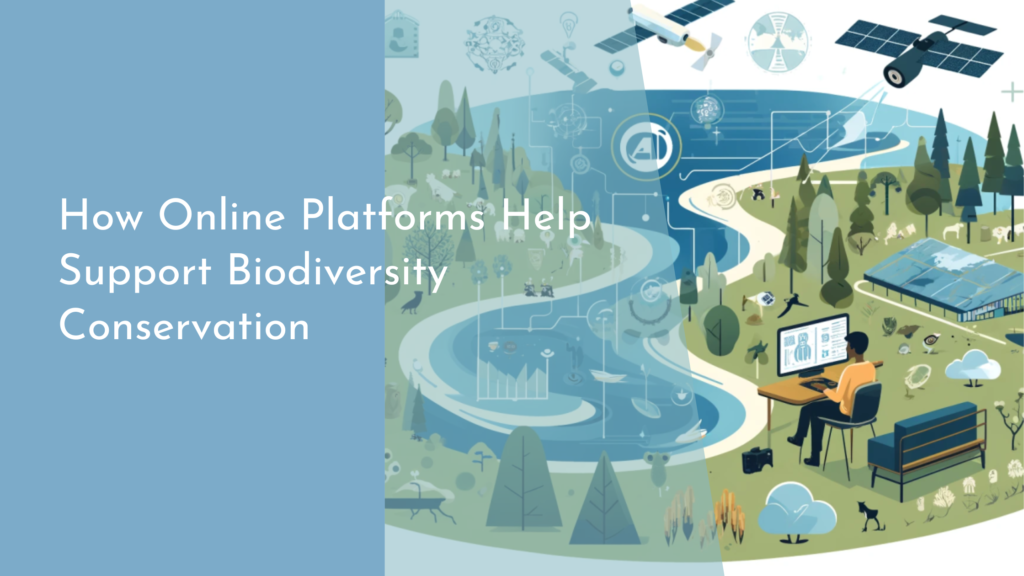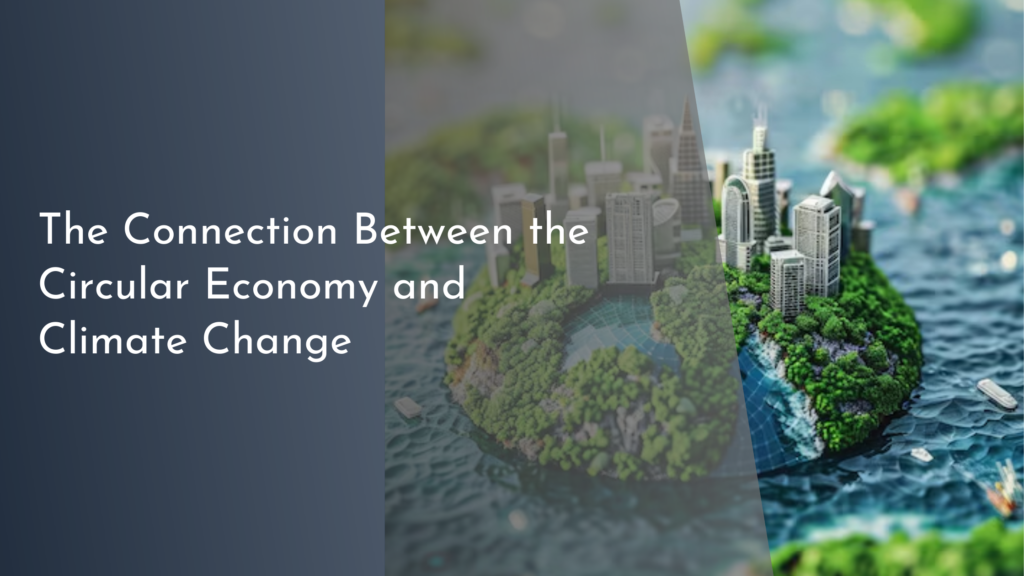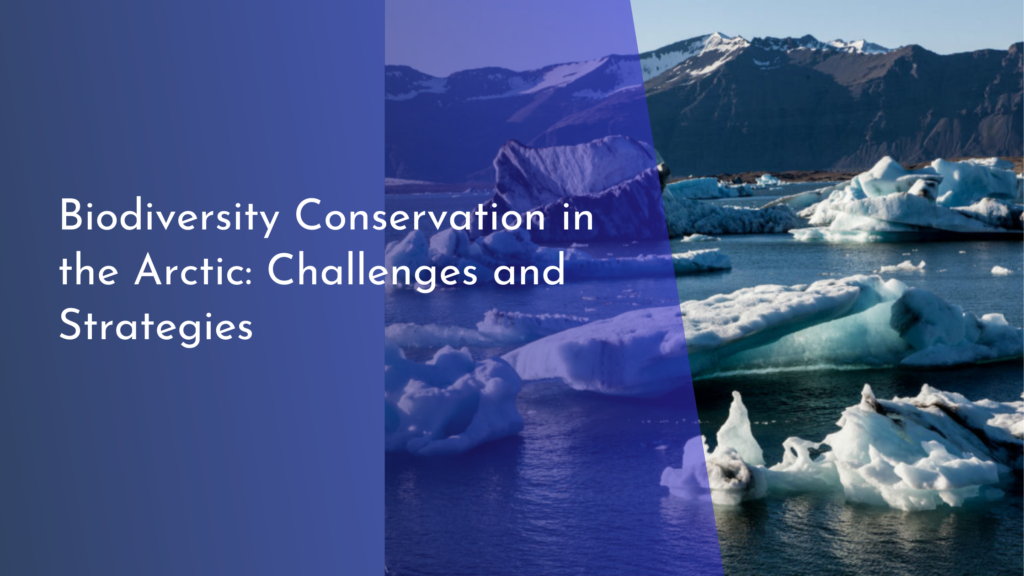Educational Programs Focused on Green Infrastructure
As the world grapples with the pressing challenges of climate change and urbanization, the role of green infrastructure has garnered significant attention. Green infrastructure refers to natural and semi-natural systems that provide environmental, economic, and social benefits by enhancing ecosystem health and resilience. As awareness grows, educational programs focused on green infrastructure are emerging as crucial platforms for cultivating a new generation of environmentally conscious individuals. These programs not only provide insight into sustainable practices but also equip learners with the skills needed to innovate and implement green solutions.
Understanding Green Infrastructure in Education
Green infrastructure integrates natural processes into urban and rural settings, aiming to address environmental challenges while enhancing the quality of life. In the context of education, this concept involves teaching students about sustainable practices, the role of ecosystems in urban planning, and methods to reduce environmental impacts. By incorporating green infrastructure into educational curricula, institutions are preparing students to develop sustainable solutions that mimic natural systems, such as using green roofs, rain gardens, and permeable pavements to manage stormwater and improve air quality.
Educational programs focused on green infrastructure often include interdisciplinary approaches, integrating concepts from environmental science, urban planning, and civil engineering. This holistic approach ensures students gain a comprehensive understanding of the interconnectedness between nature and human-made environments. Through hands-on projects and collaborative learning, students are encouraged to think critically about sustainability and develop innovative solutions that contribute to urban resilience and ecological restoration.
Benefits of Integrating Green Infrastructure
Integrating green infrastructure into education offers numerous benefits, both for students and the wider community. Firstly, it fosters environmental stewardship by encouraging learners to appreciate the value of natural systems and understand their role in sustainable development. By exploring concepts such as biodiversity, water conservation, and climate change mitigation, students become more aware of the urgent need for environmentally responsible actions.
Additionally, these educational programs prepare students for the growing demand in green job sectors, equipping them with the skills and knowledge needed for careers in environmental science, urban planning, and landscape architecture. By learning about green infrastructure, students are better positioned to enter the workforce with a strong understanding of sustainable practices, thereby contributing to the creation of eco-friendly communities and cities.
Innovative Programs for Eco-friendly Learning
Around the globe, several innovative educational programs are leading the way in promoting eco-friendly learning through green infrastructure. For example, some schools have established outdoor classrooms where students engage in hands-on activities such as planting trees, designing rainwater harvesting systems, and monitoring local biodiversity. These experiential learning opportunities not only enhance scientific knowledge but also foster a greater connection to nature.
In higher education, universities are developing specialized courses and research initiatives focused on green infrastructure. Programs often incorporate collaborations with local governments and industry partners, offering students real-world experience in implementing sustainable projects. Through case studies and fieldwork, students gain practical insights into the complexities of urban ecosystems and the potential for innovative green solutions to transform cities into resilient, sustainable environments.
Success Stories and Future Opportunities
Numerous success stories highlight the positive impact of green infrastructure educational programs. For instance, a community college in the Pacific Northwest has developed a curriculum centered around sustainable landscaping and urban forestry, resulting in graduates who have successfully implemented green roofs and urban gardens in their communities. Such initiatives demonstrate the tangible benefits of equipping students with the skills needed to promote and maintain green spaces.
Looking ahead, the potential for expanding green infrastructure education is vast. As cities continue to grow and environmental concerns intensify, the demand for eco-conscious professionals is expected to rise. By investing in educational programs that emphasize sustainable practices, institutions have the opportunity to lead the way in training future leaders who are capable of designing, implementing, and advocating for green infrastructure solutions that benefit both people and the planet.
In conclusion, educational programs focused on green infrastructure are becoming pivotal in shaping a sustainable future. By integrating natural systems into learning environments, these programs not only enrich students’ understanding of sustainability but also inspire a sense of responsibility towards the environment. As more institutions embrace green infrastructure education, the potential for innovation and positive environmental impact grows, paving the way for a greener, more resilient world. With continued support and development, these programs will play a crucial role in equipping the next generation to meet the challenges of tomorrow with creativity and eco-consciousness.



